Range Hood Dimensions (Size Guide)
Range hoods are a must-have feature for every kitchen, whether rebuilding or updating. They’re the best way to eliminate smoke, grease, moisture, and heat. Knowing your range hood’s correct dimensions is crucial to ensure it will work efficiently.
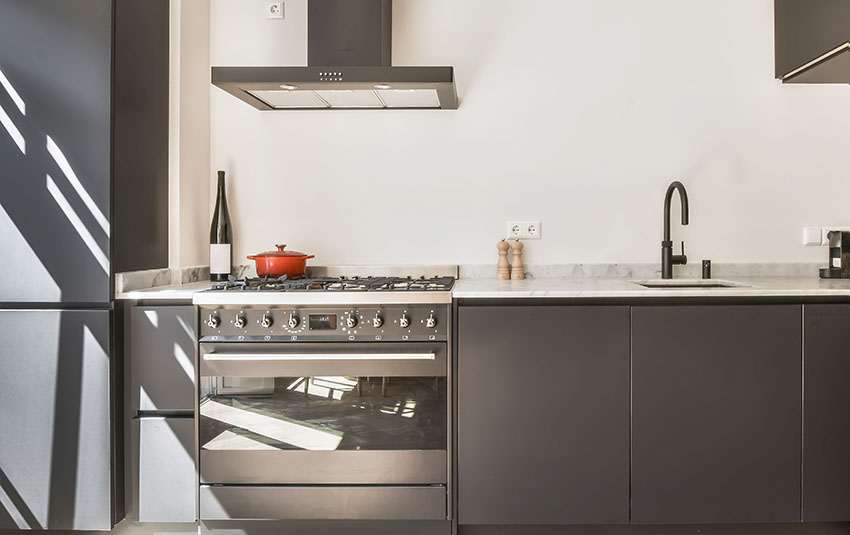
Read on to find out more details about range hood dimensions.
Standard Range Hood Dimensions
The standard dimensions of range hoods are typically 24″, 30″, or 36″ wide. The exhaust fan is precisely the same width as the cooktop. However, larger sizes are recommended for those who want a cleaner cooking environment for the removal of smoke, odors, and airborne grease from the kitchen area.
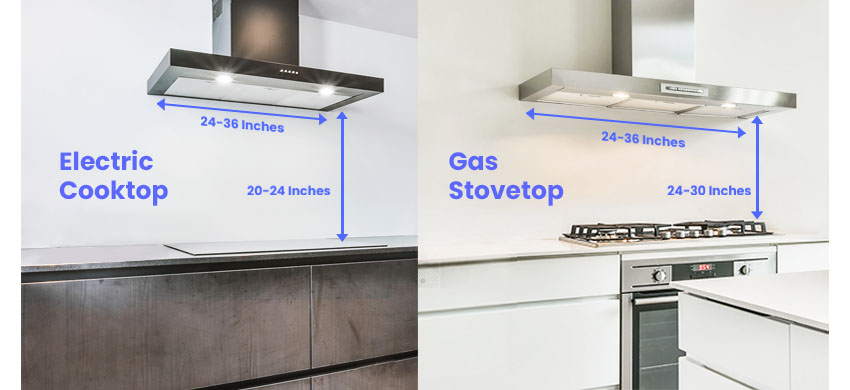
The most popular dimensions of range hoods are 30 inches or 36 inches wide. The exhaust fan must be 20 to 24 inches away from the electric cooktop for maximum effectiveness.
The exhaust fan should also be installed 24 to 30 inches from the stove if you have a gas stovetop.
Range Hood Sizing Requirements
To give you a much clearer idea of what size of range hood you will need, take a look at some of these size requirements:
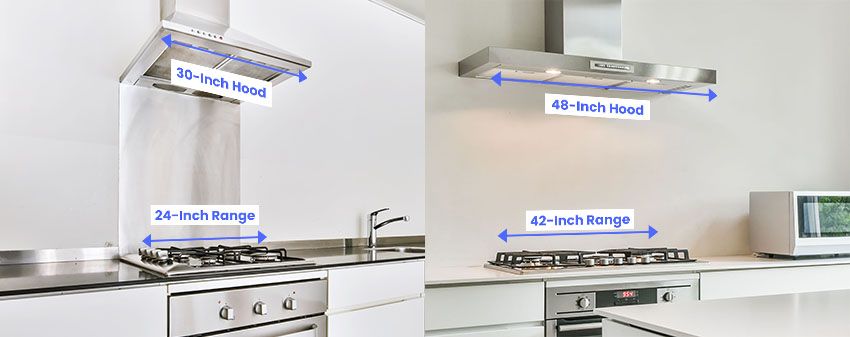
Hood Size for a 36-inch Range
For a 36-inch range, a 36-inch range hood is typically selected by most homeowners. However, a 42-inch exhaust fan is always the ideal option. It’s best to add an extra bit of size for more air intake.
24-inch Range
A 30′′ hood would be an excellent size option for a 24′′ range; however, such a small appliance is uncommon in today’s kitchens.
30-inch Range
The 30-inch range is the most preferred option by the majority of people. For a 30″ stove, a 36-inch hood provides the most significant coverage. At most appliance manufacturers, 36′′ hoods are by far the most common size since they are also the most practical.
42-inch Range
A 48-inch hood offers excellent coverage for a 42-inch stove. However, if you have a 42-inch stove, you may want to consider a 54-inch exhaust, according to your cooking habits.
Upsize your exhaust fan if you often use intense heat, grilling, boiling, works, or other forms of cooking that produce a lot of grease or smoke.
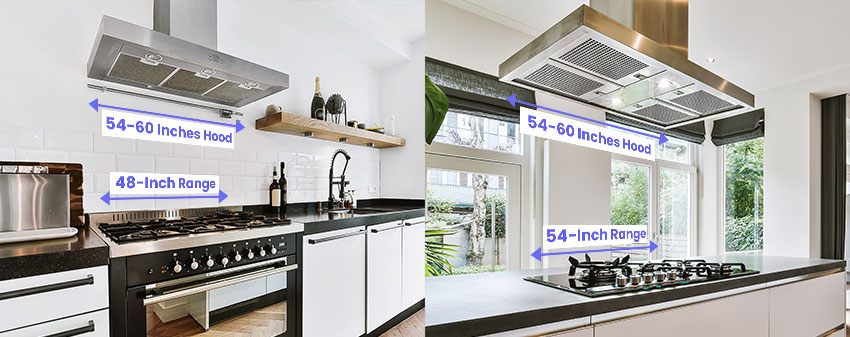
48-inch Range
We highly suggest a 54 or 60-inch hood on 48-inch kitchen ranges to ensure maximum coverage. In this case, you won’t have any disappointments with your air intake.
Assuming you don’t cook frequently, a 54-inch exhaust fan will suffice. If you cook frequently or use a lot of heat or smoke, a 60-inch unit will be useful.
54-inch Range
Selecting a 54 or 60-inch hood with 54-inch kitchen ranges is highly recommended. For any size, you have to remember that you have sufficient power (CFM), but this is particularly critical for the bigger exhaust fans. How many CFMs do you need – Source: Proline.
What Size Hood Do I Need?
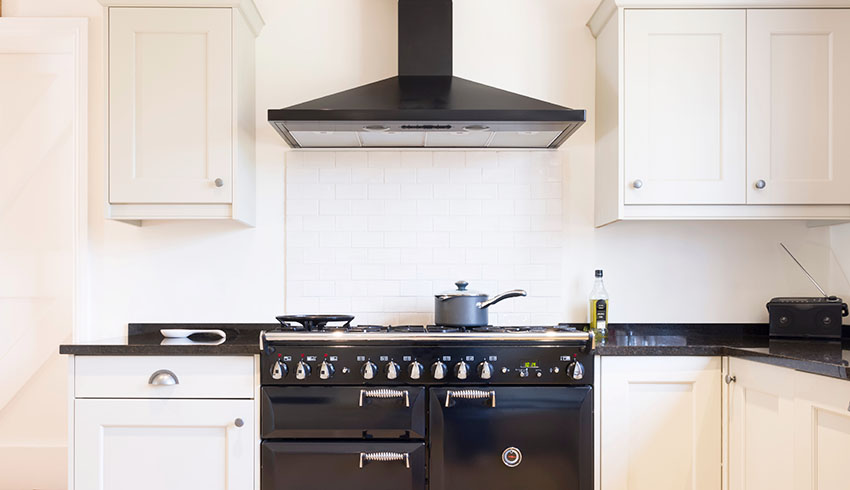
Regarding indoor stove hoods, remember that the coverage of your stovetop or cooktop is the most crucial factor to consider when choosing a size. Your wall-mounted unit must extend 3 inches past your cooktop upon every side to optimize performance.
Island exhaust fans need more coverage. Every side must reach 3 to 6 inches beyond your cooktop. Unlike wall-mounted options, island exhausts are vulnerable to the air in your kitchen in all directions. You’ll need extra coverage to ventilate and filter grease, grime, and other pollutants outside your house.
If you have a 30-inch range, for instance, a 36-inch wall-mounted hood will work, which is 3 inches longer on each side, is ideal. With remarkable efficiency, it will vent harmful pollutants out of your kitchen to avoid potential problems.
If you’re building an island hood above a 3-inch range, the optimum length is 42 inches, 6 inches on each side beyond the cooktop.
If you want to put in an outdoor range hood, it should be bigger than one found inside. Outdoor burners create more hazardous pollutants than indoor burners because they generate more extreme heat.
To exhaust and fan out these excess pollutants, make your exhaust fan 6 to 12 inches bigger on every side than your stovetop. For instance, if you have a 36-inch outdoor range, the ideal exhaust fan size is 48 to 60 inches. The larger fan blower will help prevent buildup and odors.
Read more about types of kitchen layouts on this page for more design ideas.
How to Measure Under Cabinet Range-Hoods
Calculate the Width. The width of your cooktop should be measured. Opt for a hood that matches that width as a minimum requirement. Alternatively, you may choose one size bigger on each side and 3 inches wider.
Identify the Minimum Height. For under-cabinet exhaust fan installations, start measuring from the top underneath the cabinet. Measure this spot on your stovetop.
Microwave Range-Hood Dimensions
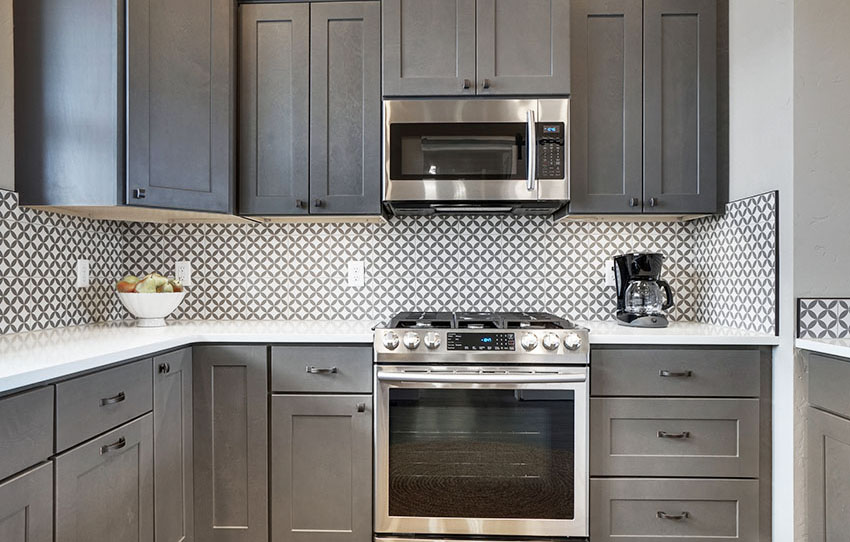
Over-the-range microwaves open the counter area while venting kitchen smells from beneath the hood. Microwaves come in a variety of sizes, ranging from 0.8 cubic feet for small versions to 2.1 cubic feet for full-sized ones.
Widths will typically be around 30 inches to fit the average range width below and the conventional cabinet breadth where the microwave will be installed.
The majority of over-the-range microwaves stand about 17 inches tall. The depth of a closed door can vary from 15 to 18 inches.
The open-door depths will vary from 42 to 45 inches, but due to the standardized breadth of over-the-range microwaves, all variants will have the same swing-out radius.
Over-the-range microwaves will likely reach over the tops of your cabinetry. Built-in microwave drawers, intended to fit directly into existing cabinets, are an excellent option for a perfectly seamless fit.
See more related content in our article about the types of kitchen hoods on this page.

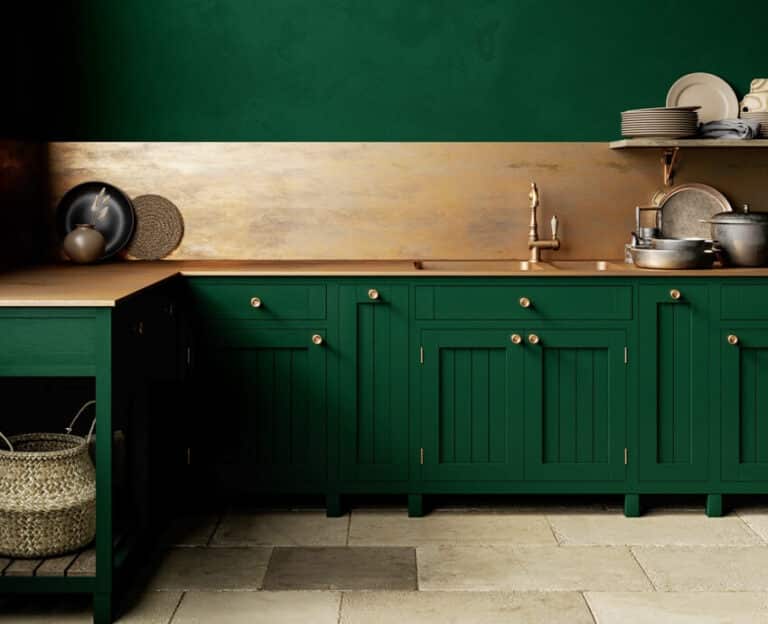
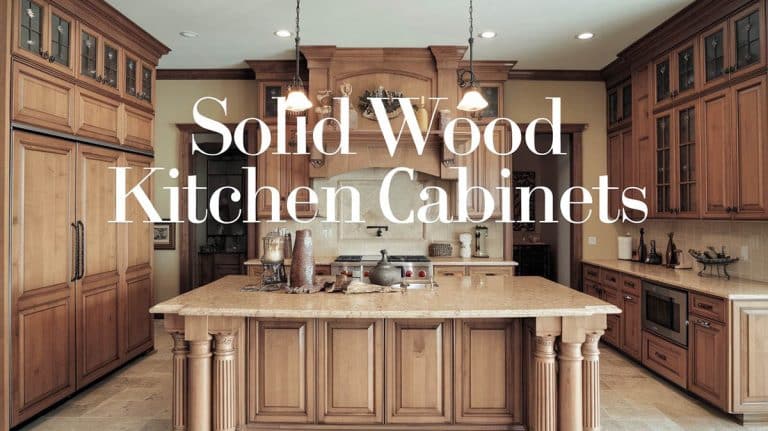
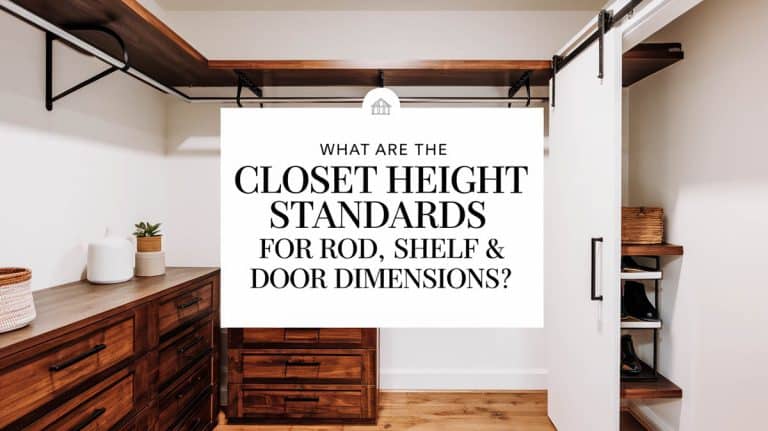

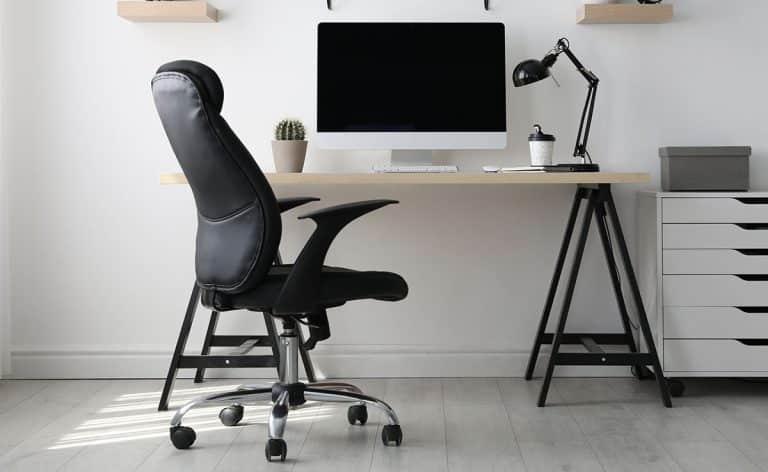
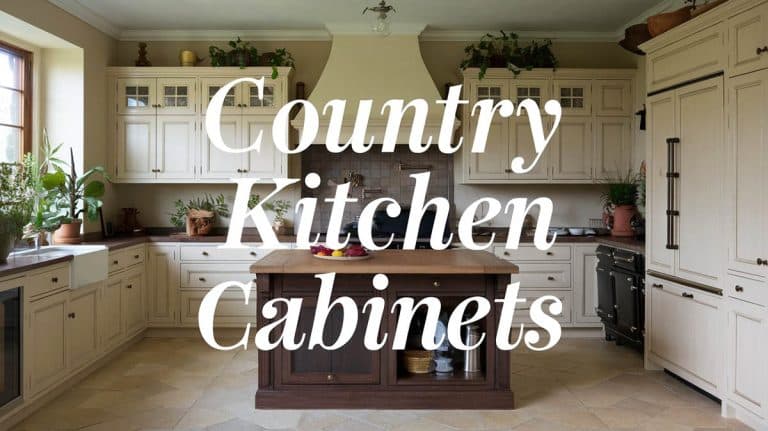
I’m looking for 120cm undermounted rangehood. My gas range is 90cm. I haven’t had the luck finding one. Please help and thank you.